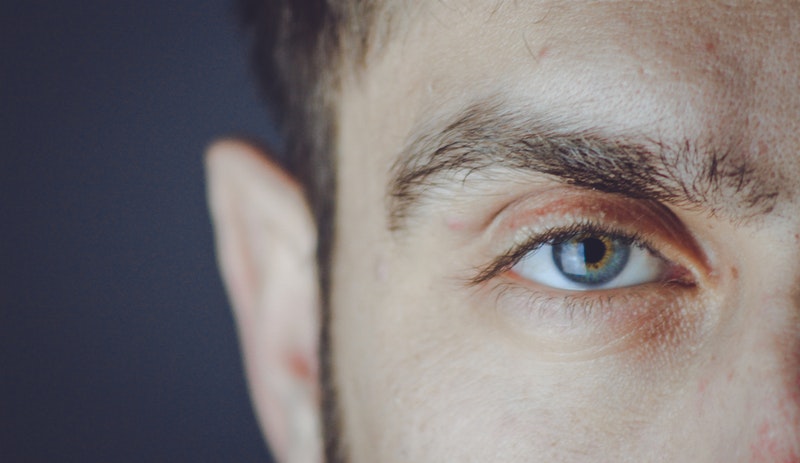

Getting Help Through EMDR
April 12, 2021 by Counseling and Wellness Center of Pittsburgh social anxiety, treatment for anxiety disorder 0 comments
Traditional psychotherapy has been the usual approach to dealing with issues such as anxiety, depression, and addiction. It can involve real and tiring work including reliving uncomfortable memories and feelings out loud for multiple therapy sessions. Historically, this has been the responsible process to identifying and resolving deep issues about thoughts and feelings and functioning in the world. It has been the popular and accepted route to mental wellness. Many people have avoided getting the help they need because they do not want to be subjected to any further stress. They don’t want to do the work.
Happily, there is an alternative.
Eye Movement Desensitization and Reprocessing (EMDR) is a new and non-traditional psychotherapy. It uses a patient’s rapid, rhythmic eye movements to lessen the effects of emotionally charged memories of past traumatic events. During a typical session, which can last up to 53 minutes, the therapist moves their fingers back and forth in front of the patient’s face. Sometimes they use an object instead of their fingers, similar to the way hypnotism was portrayed in old movies by swinging a long-chained pocket watch. They have the patient follow these hand motions with their eyes while recalling the distressing event. Eventually the therapist leads the patient to discover more pleasant thoughts, diverting their attention away from the distressing event. The effects of this process are, diminished debilitating memories. This is achieved without talk therapy or medication.
If you are someone who suffers from a specific phobia, such as the fear of flying, EMDR could help you. Replacing negative emotions with positive ones through the EMDR process has provided a sense of security for those afraid to fly. One study which examined a woman who was afraid to fly after the attacks on the United States on September 11, showed positive results quickly. Following only one session she was able to fly on multiple occasions without fear.

emdr therapy for anxiety
If you have had a bad experience at the dentist, studies have shown this non-invasive approach has proven effective in reducing effects of dental phobia. Quoted directly from a study which implemented EMDR: “The most important result of this study was that a high number of patients overcame their avoidance behavior and visited the dentist regularly following treatment.” This study included several 90-minute sessions and proved to be effective in reducing anxiety and changing behavior. Fear of going to the dentist was no longer debilitating.
EMDR is used for a wide range of issues such as panic attacks, eating disorders, anxiety, depression, PTSD, and more. If you are someone who suffers from any of these issues or a similar one, this therapy has proven to be successful in eradicating effects of negative experiences. Taking adverse thoughts, memories, emotions, and sensations and rewiring them in the brain has produced a higher level of control and normal functioning.
Although psychotherapy can be stressful, not getting help can also be stressful. If you are ready to seek mental wellness, EMDR is a proven, specific, and results driven approach. EMDR allows negative experiences to become manageable and you to be well.
Related Posts
Worry, Stress and Anxiety: What’s the Difference?
August 15, 2023
As a Therapist at the Counseling and Wellness Center of Pittsburgh, I frequently...
Seeking Treatment for an Anxiety Disorder? 3 things to look for in a Therapist to Treat your Anxiety
March 4, 2018
3 things to look for in a Therapist to Treat your Anxiety. If you are...


